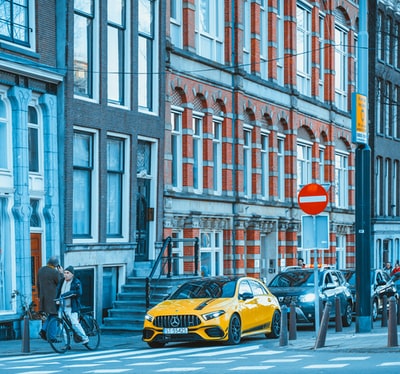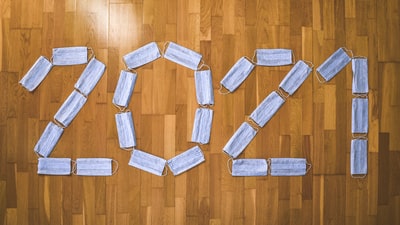Significant figures

The most significant figure always starts from the first figure in a number. For example, in 58749, 5 is the most significant digit because it tells you that you’re dealing with 50,000 and something. the next significant figure would then be 8 and so on.
In an exam you might be asked to write a number to 1, 2 or more significant figures.
For example: write 0.03649 to 2 significant figures.
Always remember to be aware of whether you need to round down or up by looking at the number just after the one(s) you need to deal with.
The question is dealing with 2 significant figures. The digit after 6 is a 4 so that means you need to round down.
The answer, therefore, is: 0.036 to 2 significant figures.
——————————————————
Upper and lower bounds

For example, you’re told a table has a length of approximate 6 metres.
In order for someone to have reached 6 they could either have round up from as low as 5.5 or round down from as high as 6.5.
Therefore, the lower bound is 5.5m and the upper bound is 6.5m.
Another example: a suitcase is measured to the nearest tenth of a cm. The measurement recorded is 68.5cm. What are the upper and lower bounds?
The lower bound is 68.45cm because anything below this would have been rounded to 68.4.
The upper bound is 68.55cm because anything above this would have been rounded to 68.6.